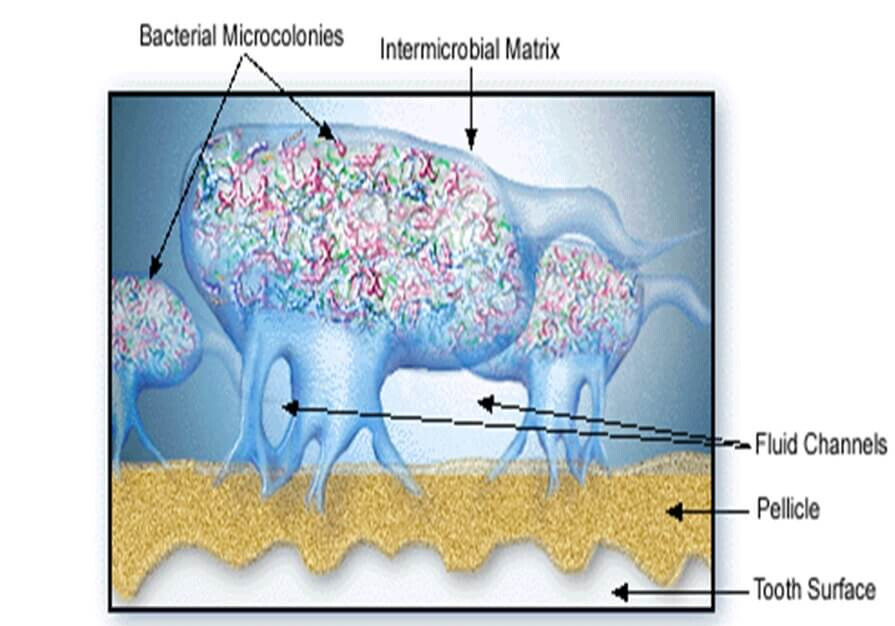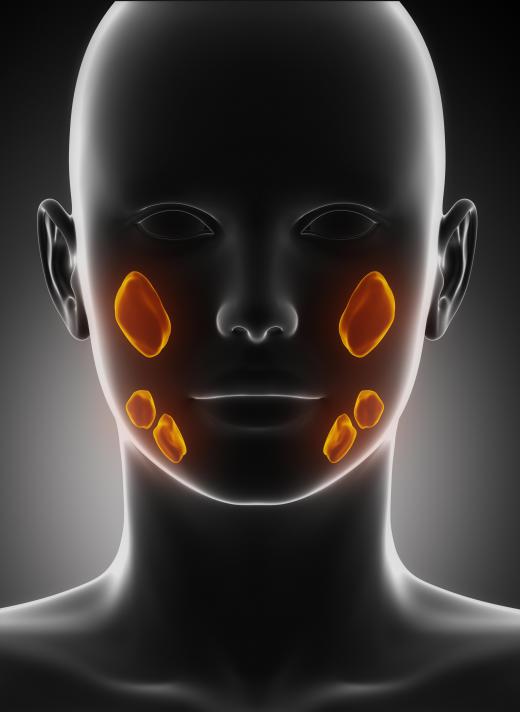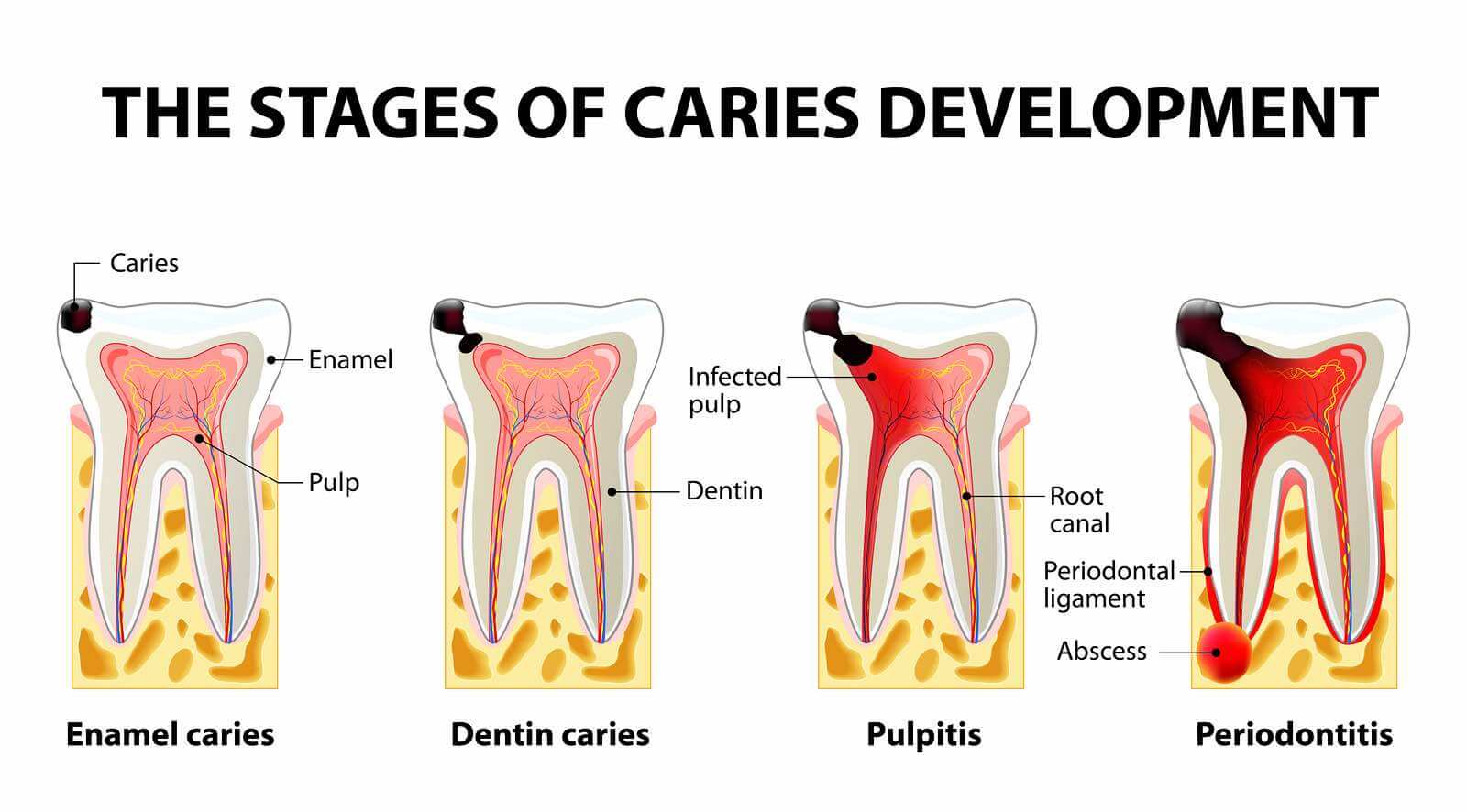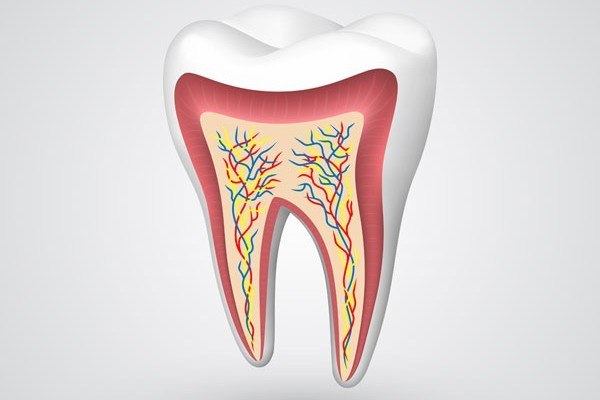How Tooth Decay Occurs?

The human mouth is home to around 1000 different kinds of microbes, consisting of bacteria, fungi, and viruses. Due to this huge amount of bacteria the mouth is constantly demineralizes and then remineralizes again because of carbs, and saliva.

This process is iterated multiple times throughout the day. During this process, saliva plays a crucial role in maintaining good oral hygiene. While saliva does a wonderful job of remineralizing tooth enamel, the unclean pellicles-proteins made of saliva-are what really let bacteria stick to and build up on tooth enamel.
Top reasons for tooth loss in adults

Tooth enamel is more structurally resilient than steel, yet bacterial penetration leading to dentin exposure is possible through significant negligence. In addition to these major oversights, such a hard surface also has many enemies. The human mouth is home to approximately 1,000 distinct bacterial species. Even though we don't realize it, these bacteria are constantly attacking us. Despite being a vital component of this battle, proper dental hygiene is merely a supporting role in the fight for oral health.
Our habits, such as eating, drinking, smoking, and alcohol consumption, are the primary determining factor for maintaining healthy teeth. Furthermore, crucial factors that protect us from tooth decay include saliva generation, intraoral pH value, and levels of digestive enzymes in saliva.
What causes tooth decay? 4 main causes of tooth decay
1. What is in saliva?

While advances in dental hygiene products like toothpaste and mouthwash have been encouraging, the modern lifestyle's prevalence of bad eating habits renders these products ineffective. Having adequate saliva in the mouth is crucial for maintaining oral health. Also, salivary enzyme levels need to be sufficiently high. There is an enzyme called ptyalin secreted from the salivary glands. The enzymes play a crucial role in the breakdown of food residues in the oral cavity, inhibiting the formation of a conducive microbial environment.
This enzyme, also known as amylase, can only be produced in mouths with a pH over 7. But if you eat carbs too frequently, this enzyme—which the body makes in limited quantities—can be wasted and you lose a crucial pawn in the battle for your mouth. When S. Mutans, a type of oral bacteria, break down any residual carbs, they create an acidic environment that plaque thrives in. To initiate the synthesis of the ptyalin enzyme, however, vitamin "B1" is required. Inadequate levels of "B" group vitamins prevent the salivary glands from producing the ptyalin enzyme.
2. Good dental hygiene impacts overall wellness.
When we don't limit oral health solely to hygiene, the measures we take to increase saliva production and reduce acidity levels in the mouth are of great importance for our overall health. An optimal acidic environment and abundant saliva in a healthy mouth aid in the efficient digestion of food, leading to increased energy absorption from well-digested foods. It is only through this healthy nutritional chain that we obtain the vitamins and nutrients required to maintain oral health. We can thus attain a healthy life cycle.
3. Dietary
Dietary patterns are also significant contributors to the development of tooth decay. The golden rule for tooth health is to put off meals and drinks as much as possible. It only takes a brief exposure to water to dissolve the beneficial salvia proteins. Tooth decay is more prevalent in individuals who frequently snack at night due to insufficient saliva production. Bear in mind, though, that S. Mutans bacteria really enjoy snacking on caramel chocolate. On the other hand, those who consume plenty of protein-rich foods—vegetables, cheese, meat, yoghurt, and milk—tend to have less tooth decay.
4. Genetic causes of tooth decay;

Tooth enamel is created by the fusion of enamel blocks. During this process, fissures develop at the enamel's junction points. These areas are nearly impossible to reach with a toothbrush and, if not cleaned properly, can lead to decay. While fissure sealants are useful for sealing cracks, they are not enough to keep decay at bay in those specific areas.
Preventative measures to avert tooth decay and plaque?
Prioritizing your oral health can halt the progression of caries in its early stages. However, teeth still need to be remineralized, strengthening tooth enamel and making gums healthier. You can start by carefully measuring the pH value of your oral acid level using pH measuring tubes. If your salivary acid level is below 7 despite brushing your teeth, it needs to be addressed first.
There are a number of potential causes of high acid levels in the mouth, including bacteria and plaques, as well as the structure of the saliva. To deal with low saliva levels, it's best to chew sugar-free gum or consume ample water. For complex cases, it is advisable to seek advice from a dentist and undergo a saliva flow rate assessment.
Recent scientific reviews have reached consensus that, in order to prevent dental plaque formation, it is best to inhibit certain bacteria rather than all microorganisms. So, rather than rinsing our mouths after every meal, we should focus on eliminating these bacteria and developing healthy eating habits by avoiding the environment they enjoy.
Can tooth decay be reversed?
Demineralization of the enamel by cariogenic bacteria, which adhere to salivary proteins, requires a while. These caries manifest initially as minute white spots, and early detection may enable reversal of the caries process within the enamel.

It is feasible to remineralize the enamel and restore its previous health by cleaning the tooth during this early stage, thus avoiding the need for fillings. But only if you take the following supplements to help the tooth. Otherwise, it is simply not feasible.
In addition to these, dairy products, calcium glycerophosphate, and supplements like Remodent, used extensively in Russia, are efficacious agents for tooth remineralization.
For remineralizing tooth enamel
Fluoride
Fluoride is highly efficient in the process of mineralization and has the ability to both prevent and restore tooth decay in the enamel. Fluoride can be administered through various means such as mouth sprays, toothpaste, gels, and varnishes.
Silver Ions
Silver ions have been found to effectively eliminate oral bacteria and promote the mineralization of tooth enamel since the 1960s. Nevertheless, due to its tendency for tooth discoloration, it is typically employed together with fluoride rather than on its own.

Xylitol
Xylitol is present in numerous vegetables and contributes greatly to the health of teeth and gums. Distilled from the sap of birch trees, xylitol is a sugar substitute appropriate for people with diabetes. One common application of xylitol is its use in chewing gums to protect tooth enamel.
Sorbitol
As a sweetener, sorbitol is a sugar alcohol and can help restore the health of tooth enamel. Xylitol, however, has proven to be more effective than sorbitol in scientific investigations.
Propolis
Bee resin, propolis, is used in cosmetics and toothpaste. With the aid of dental floss, propolis is applied to the gums.
Early Cavity Detection: Why It Matters?
Early detection of caries is only feasible for patients who consistently attend routine dental examinations as it is not possible to visually detect caries during this time.
Once the decay has penetrated the dentin layer, it will slowly make its way to the root canal. It usually takes two years for decay to reach the pulp, and it is black in color. However, in patients with a genetic predisposition, this period can range from 6 months to a year. In this case, the rot appears in white color.
Now let us delve into this process further, as fascinating events unfold in the dentin area during this time, and it is important for you, as a patient, to be informed about it.
Cavity Development Stages

First, let us analyze a typical dental cavity. Once the decay has breached the tooth enamel and reached the dentin, the pulp responds to this occurrence within a specific timeframe. As caries progresses through the dentin to the pulp, the pulp contracts and pulls back, forming dental substances.
Pulp horns, which nourish the tooth tips, fully recede during this two-year period, allowing you plenty of chance for intervention.
The patient reports no severe pain or discomfort during this period but does report tooth sensitivity to sugary foods. Nevertheless, if caries are not treated, they can penetrate the pulp and result in the infection of all nerves, and the patient develops sensitivity to cold.

The dentin of our fast-moving decay is next. The patient develops hot and cold sensitivity as these white-colored caries rapidly approaches without allowing the pulp to react. Even if the patient visits the dentist before caries reach to the pulp, the pulp is likely to be contaminated.
In the early period (about 3 to 6 months), radiography does not show any signs of decay in the nerves and pulp. This complicates the diagnosis of root canal treatment for dentists. On the other hand, you might have a tooth that needs a root canal if you feel pain when you push on the tooth's root and your teeth become sensitive to hot and cold foods.
Rather than going into a lengthy analysis of root canal treatment here, I think it would be more helpful to mention the effect of root canal treatment.
Root Canal Treatment

Root canal treatment makes teeth more sensitive and brittle by extracting all of the nerves that supply them. Due to the lack of nourishment, the tooth typically fractures completely within an average of 10 to 15 years.
If a root canal is not properly cleaned or filled during the treatment, the patient will lose their tooth in the next period. The coating that should be applied to the tooth surface in line with the size of the canal is also critically important. After a root canal, the tooth will no longer have any vitality, so it is usually necessary to use firm coatings like crowns rather than fillings.
Your chances of successful treatment will increase if you try to understand what is happening instead of letting your dentist do all the heavy lifting. At Antlara Dental, we prioritize informing our patients about their treatment and ensuring their understanding and active participation in the treatment process.
